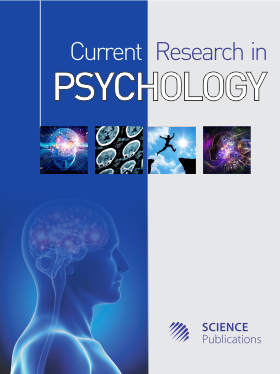Object Identity, Apparent Motion, Transformation Geometry
- 1 University of Arizona, United States
Abstract
Problem statement: A classic question in cognition was addressed on how two glimpses separated in time are determined to refer either to the same object or to two different objects, without which coherent perception of the world is not possible. Approach: A general solution was offered in which observers exploit an entire family of geometries. It was argued that a geometry hierarchy is an attractive candidate for a solution because it is can be used on glimpses not only from different times, but from different spatial locations, different eyes, and different modalities. The theory was applied to the phenomenon of apparent motion, a time-honored paradigm for uncovering rules of object or numerical identity. Results: It was found that there was a preference to map a figure onto the “same form” (isometric transformation) when available (Exp. 1), despite controversy about form and apparent motion in the literature. When the same form was not available, next preferred was a similarity transformation (“different size”; Exps. 2 and 3) when the perceptual system was given a choice. Finally, it was found that a figure even matched to an extreme topological transformation (“plastic deformation”; Exp. 4) when that was the lowest-level geometric choice available. Conclusions/Recommendations: The experiments supported a hierarchical structure of unconscious perceptual preferences in object identity which importantly explains how the exact same pair of stimuli can sometimes be judged to refer to the same object, but sometimes not. It was also suggested that the inherent flexibility of this solution resolves contradictions in the literature concerning the relevance of form in apparent motion and that the hierarchy satisfyingly captures intuitions about what is “similar” in perception while pointing to dangers of relying exclusively on such intuition.
DOI: https://doi.org/10.3844/crpsp.2010.35.52

- 4,934 Views
- 2,696 Downloads
- 4 Citations
Download
Keywords
- Cognition
- perception
- mathematics
- numerical identity
- similarity
- topology
